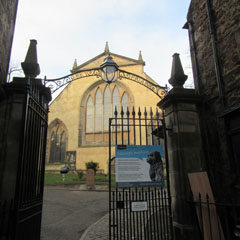 Greyfriars Kirkyard, Candlemaker Row, Edinburgh EH1 2QQ
Greyfriars Kirkyard, Candlemaker Row, Edinburgh EH1 2QQ
Of 670 grave plots here, at least 60 have Indian connections. Henry Mackenzie wrote essays against men with Indian fortunes coming back to lord it over Scotland with rubies and fiery curries, but his gravestone mentions three of his own sons who themselves served in India. Famous Latin poet George Buchanan was the earliest Scot to criticise colonialism in India in his ‘Polyonymum’ (1552) and ‘De Sphaera’ (1555). Isabella Hope survived shipwreck off Madagascar in 1792. In 1825, John Adam, acting Governor General of India, died aboard ship in the same seas, according to his memorial in the family mausoleum.
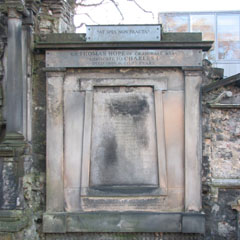
Grave of Isabella Hope.

Grave of George Buchanan.
Find out more

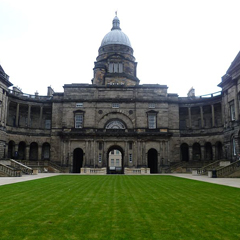 Old College, University of Edinburgh, South Bridge, Edinburgh EH8 9YL
Old College, University of Edinburgh, South Bridge, Edinburgh EH8 9YL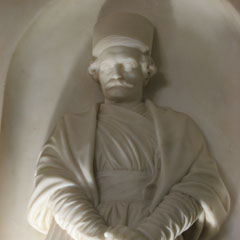

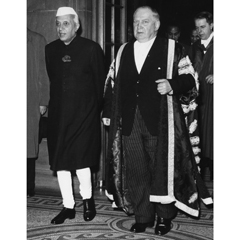
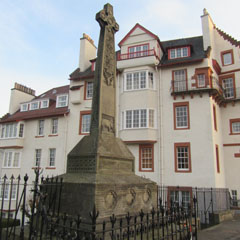 Castle Esplanade, Edinburgh EH1 2NG
Castle Esplanade, Edinburgh EH1 2NG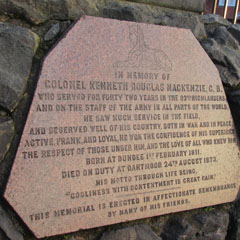


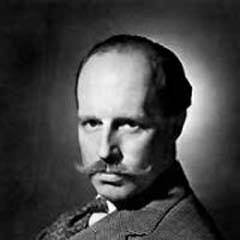
 Nether Craigwell, Calton Road, Edinburgh EH8 8DR
Nether Craigwell, Calton Road, Edinburgh EH8 8DR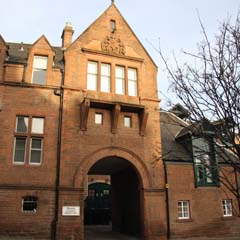
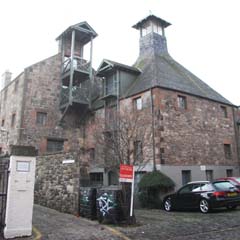



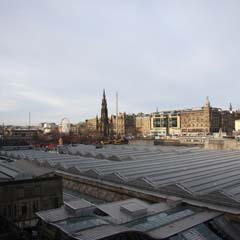
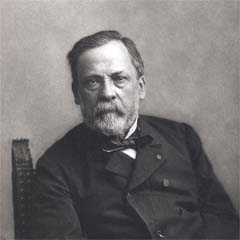

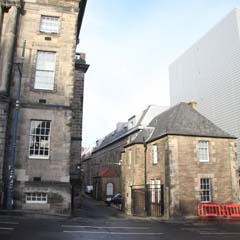
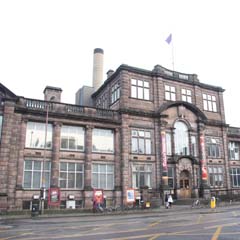
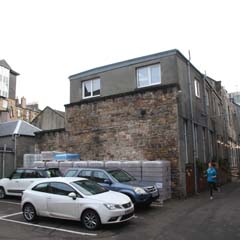

 Windmill Street, Edinburgh EH8 9HN
Windmill Street, Edinburgh EH8 9HN

